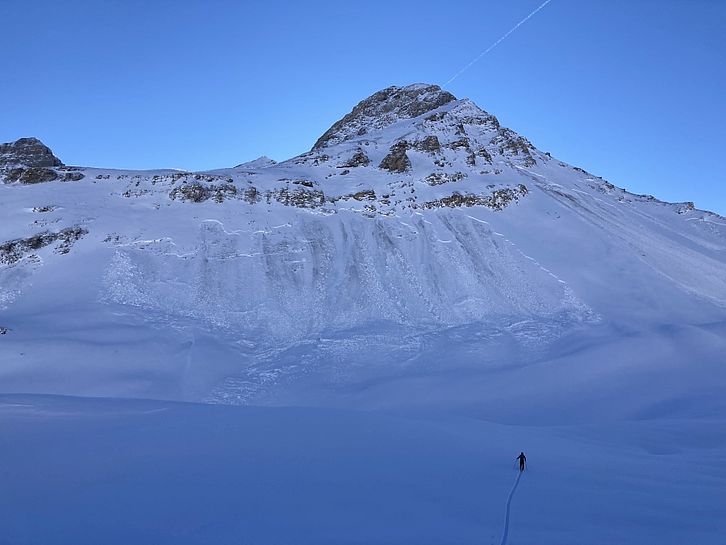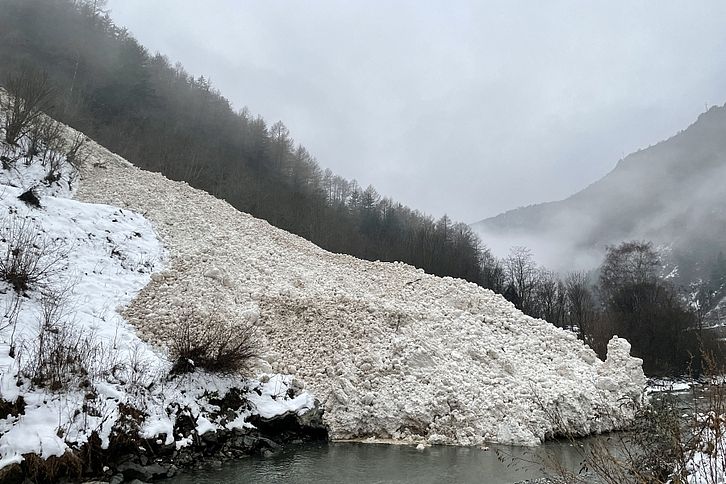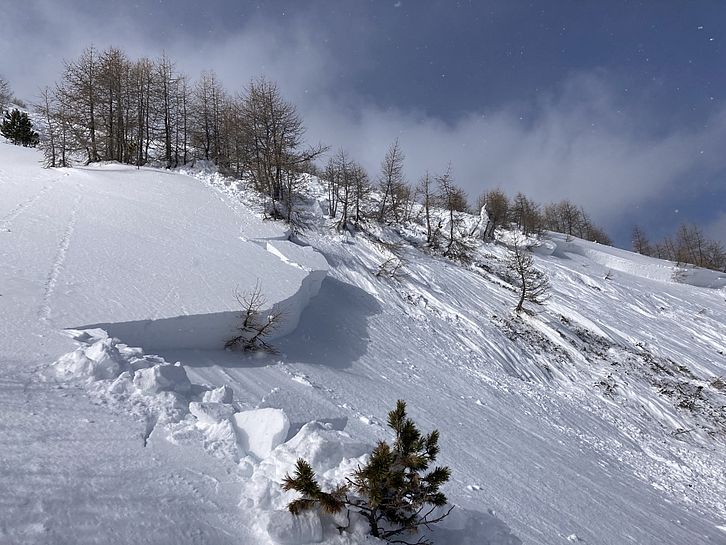
Europe averages 100 avalanche fatalities a winter but this year that number was only 66—a decrease by roughly a third. Switzerland in particular, a mountainous, landlocked country plagued by avalanches every winter, reported 14 avalanche deaths so far this season which is significantly lower than its 20-year-average of 18 for this time of year, according to the Swiss Institute for Snow and Avalanche Research. But conditions this year weren’t necessarily safer by any means, so why the reduced number of deaths?
Of the 66 deaths by avalanche in Europe this year:
- 17 were in Austria
- 9 were in France
- 3 were in Germany
- 8 were in Italy
- 5 were in Norway
- 2 were in Poland
- 2 were in Romania
- 3 were in Slovakia
- 2 were in Spain
- 14 were in Switzerland

It’s hard to say why there were fewer avalanches in Europe this year—there is no magic bullet to answer this hard question. What we do know is that Europe had a relatively poor winter in terms of snowfall. According to Planet Ski, Switzerland experienced a fairly dry January with persistent high-pressure weather patterns followed by heavy snowfall in February, which led to a deadly avalanche cycle that killed seven people in the first half of the month. But then March in the Swiss Alps went right back to being dry again, like January. Less snow to move around and avalanche could be one reason that fewer people were caught and killed than in years past.
Come April and the storms returned to the Alps, but avalanche deaths didn’t increase much. This could be for one of two reasons:
- By April the snowpack is generally more stable than it is in the mid-winter months and the potential for life-threatening avalanches has gone down.
- There are fewer people skiing in April as many people stop skiing and start doing spring activities like climbing, hiking, biking, etc.

Another reason why Europe saw fewer deaths could be the pandemic-related lockdowns, which several European nations had ongoing this past winter. Fewer people traveling to ski regions would make sense as to why fewer were killed in avalanches, especially if they didn’t already live in an area where they could ski.
No avalanche death is a good death. Whatever the reason(s) may be for the significant decrease in avalanche fatalities across Europe this season, we can rest a little easier knowing that number is lower than what is considered ‘normal.’ With a hopeful mindset, we can at least superficially conclude that based off the data from this past winter in Europe, in comparison with years past, that people are recreating more safely in the mountains than what has been shown previously.
2 thoughts on “Avalanche Deaths Across Europe Down by Over a Third This Year”